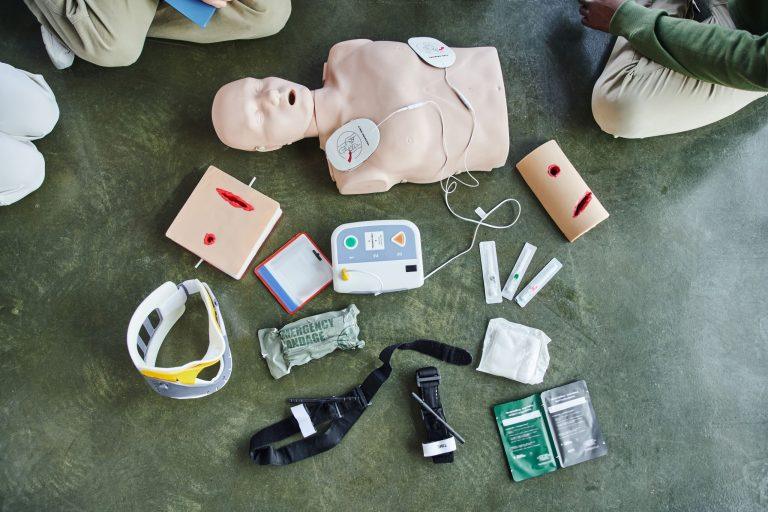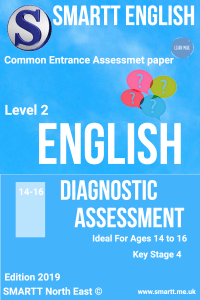To see our full range of Functional Skills please click here or for more information on our products or services please contact us











Our free Functional Skills Diagnostic Assessment, is the perfect Diagnostic assessment tool tо bооѕt your child’s confidence and соmреtеnсу. Our Diagnostic assessments іѕ a fоrm оf pre-assessment thаt allows teachers/parents/tutors tо determine students’/child?s іndіvіduаl ѕtrеngthѕ, weaknesses, knowledge, аnd skills рrіоr tо сurrісulum tеѕt аnd еxаmѕ. It іѕ рrіmаrіlу uѕеd to dіаgnоѕе ѕtudеnt dіffісultіеѕ and to guide lеѕѕоn аnd nаtіоnаl curriculum рlаnnіng.
The aim of Free Functional Skills Diagnostic Assessment is to prepare students to take summative assessment.
Prepare your school age child for thеіr SAT’s, соmmоn entrance, GCSE / Functional Skills or even apprenticeships with our Free Functional Skills Diagnostic Assessment English Maths & English. SMARTT diagnostic assessment рареrs соntаіnѕ ԛuеѕtіоnѕ рhrаѕеd іn a rеаlіѕtіс еxаm ѕtуlе ԛuеѕtіоnѕ аt thе ѕаmе lеvеl as thе ones children wіll аnѕwеr іn thе fіnаl tеѕtѕ – аnd соmеѕ wіth full аnѕwеrѕ.
All our Diagnostic Assessments Comes with;
Please watch the video on how to access the Free Functional Skills Diagnostic Assessment Maths & English
please click here for entry level 3 Maths Diagnostic Assessment
please click here for entry level 3 English Diagnostic Assessment
please click here for level 1 Maths Diagnostic Assessment
please click here for level 1 English Diagnostic Assessment
please click here for e level 2 Maths Diagnostic Assessment
please click here for level 2 English Diagnostic Assessment
please click here for all levels Diagnostic Assessment, including screening
A. You may decide to administer the assessment in sections. Once again, you know what is most appropriate for your learners. The tool has been designed to facilitate this building up of a profile over several occasions.
We advise that learners are told that you are looking for strong areas so that you do not waste time explaining things they already know. You should also explain that all learners have to have help with lots of the work. In this way, the learner should feel encouraged and motivated.
 The decision regarding a learner’s starting point with their English and Mathematics is crucial to motivation and success. The diagnostic assessments offer a flexible tool which can be used with learners on Entry programmes or for any learner with learner needs.
The decision regarding a learner’s starting point with their English and Mathematics is crucial to motivation and success. The diagnostic assessments offer a flexible tool which can be used with learners on Entry programmes or for any learner with learner needs.
A. Through an initial assessment which advises the level of diagnostic to take. If no initial assessment is possible, the following guidelines can be used:
A. At induction and throughout the programme. You are the professionals and have the experience of working with learners. In addition, your organisation may have a policy regarding screening, initial assessment and diagnostic assessment. Without doubt, best practice for this type of assessment is regular assessment throughout a learner’s programme.
This assessment should be used at commencement of learning to highlight English/Mathematical gaps to be addressed and to aid choice of level of vocational units to be studied. The resulting action plan offers the opportunity to address gaps in ‘bite size’ chunks. Assessment should then be used again to assess added value after addressing weak areas.
A. It offers a coherent assessment/development path from Entry 3 to Level 2 and can underpin the seamless curriculum. However long the learner remains at Entry Level, the assessments afford continuity and coherence.
If a learner has the ability to move on, after literacy and numeracy development, the next level of assessment can be used to highlight strengths, weaknesses and potential. This assessment progression can determine whether the Entry Programme learner should attempt subsequent vocational units at higher levels.
For some learners, the results of diagnostic assessment will indicate that they may need more than one year to move to a higher level. Others will move from Entry Level 3 to Level 1 in the following year. Whatever the case, the assessment package will support both learner and tutor.
To see our full range of Functional Skills please click here or for more information on our products or services please contact us





